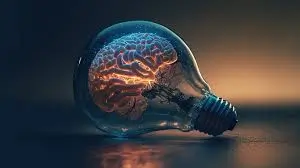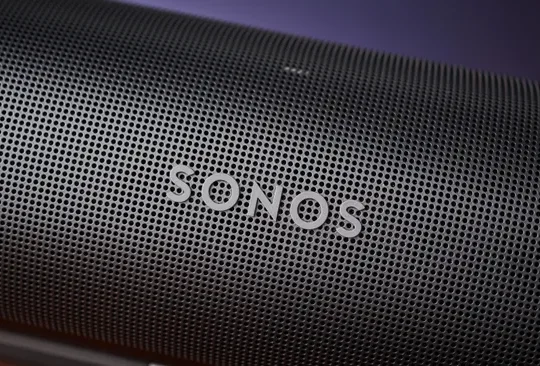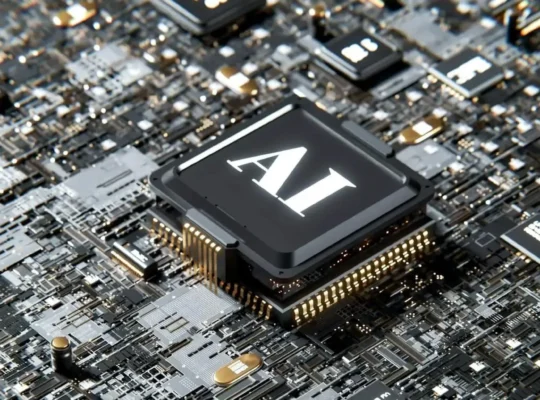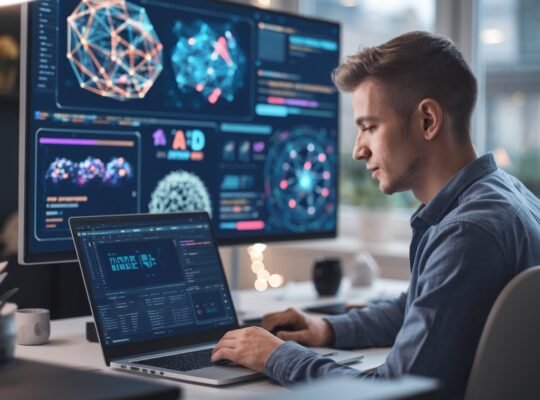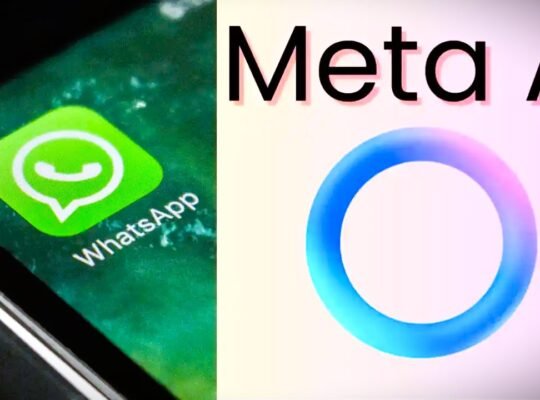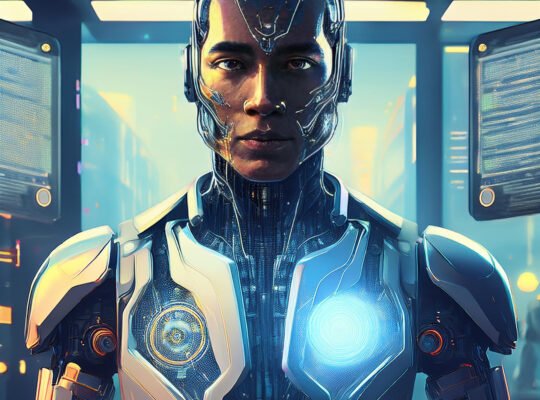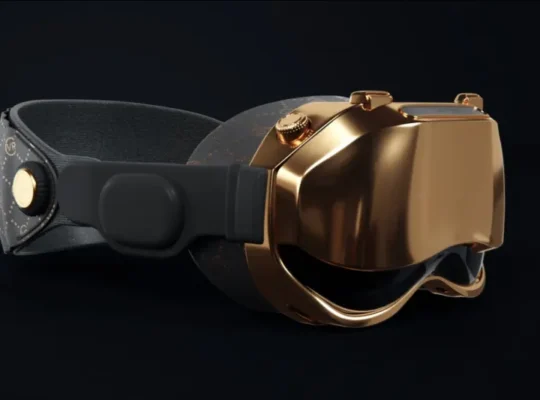Imagine outside, gazing up at the universe. Suddenly, you see huge explosions—way bigger than any fireworks you’ve ever seen. These cosmic events, like supernovae and gamma-ray bursts, have puzzled scientists for a long time. But guess what? Now, researchers are using artificial intelligence (AI) to figure out what’s going on with these astronomical events. Let’s dive into how AI is changing our understanding of these cosmic explosions and what cool stuff it’s bringing to astronomy.
The Role of AI in Astronomy: What Does AI Bring?
AI is really good at handling loads of information and noticing patterns that could slip past human eyes. Old-school methods of watching the skies and picking apart data take forever and have their limits because humans can only do so much. But with AI? It can look at heaps of data quickly & spot details accurately, making it a super useful tool for astronomers.
Major Components of AI in Astronomy
Machine Learning (ML): Think of this as teaching a computer to learn from old data to find new cosmic events.
Neural Networks: These work like our brain’s neurons, helping AI make decisions based on the info it gets.
Computer Vision: This lets AI look at telescope images and pick out cosmic happenings.
Unearthing Cosmic Explosions
Detecting Supernovae
Supernovae are like the grand finales for stars—big explosive endings that spread elements across space and change how galaxies evolve.
AI’s Role in Discovering Supernovae:
Using algorithms, AI scans space images for signs of supernovae. For instance, the Zwicky Transient Facility (ZTF) uses machine learning to keep an eye on the night sky & has significantly ramped up how many supernovae we find.
Deciphering Gamma-Ray Bursts
Gamma-ray bursts (GRBs) are some of the universe’s most powerful eruptions. They blast out more energy within seconds than our sun will produce over its entire life! Knowing more about GRBs helps us understand extreme space conditions better.
AI in Gamma-Ray Burst Analysis:
AI models swiftly analyze gamma-ray data from telescopes like NASA’s Swift to discover new GRBs. An example is how the Stanford Automated Supernova Hunter uses its smarts to speed up detection, cutting down the time from gathering data to confirming what’s been found.
Harnessing AI for Expanded Applications in Astrophysics,
Boosting Data Accuracy & Speed
AI isn’t just about spotting things; it makes data more accurate & speeds up how fast we can analyze it. This means quicker discoveries which are also more reliable.
Predictive Abilities
With pattern recognition powers, AI can foresee cosmic events before they happen! This gives astronomers a heads-up to get ready and watch these events unfold live.
Learning from Historical Data
By studying past cosmic explosions, AI gets better at figuring out what clues to seek in new information. This constant learning improves how well AI identifies and analyzes these phenomena over time
Real-world Applications: Success Stories
The Vera C. Rubin Observatory
This observatory in Chile is currently under construction and will apply the Legacy Survey of Space and Time (LSST) project to survey the entire sky every few nights. With around 15TB of data every night, having AI process all this info & find transient events like cosmic explosions is crucial.
The Transiting Exoplanet Survey Satellite (TESS)
TESS mostly looks for planets outside our solar system but also uses AI for spotting cosmic explosions. Constant flows of TESS data get checked by AI algorithms swiftly finding explosive incidents quickly.
In short,
The use of artificial intelligence in astronomy gives us a world of possibilities for discovering more about our universe. Thanks to machine learning, neural networks & computer vision researchers are doing amazing things finding & analyzing cosmic explosions. These advancements expand our awareness while allowing us to maintain up with everything going on above us.
“Artificial intelligence involves transforming massive amounts of data into significant discoveries in astronomy.”
And as technology keeps advancing, its role in astronomy will keep growing—maybe leading us to mind-blowing finds we never imagined possible before! From checking out supernovas to sharing insight on gamma-ray bursts – AIs are now key players opening doors to uncover space’s best-kept secrets!
For further reading:
- NASA’s Swift Gamma-Ray Burst Mission : https://swift.gsfc.nasa.gov/about_swift/
- Zwicky Transient Facility : https://www.ztf.caltech.edu/v
- AI in Astrophysics: Unlocking Mysteries of the Universe :https://tinyurl.com/ka47hp3c
Stay curious; you never know—the next big thing in space might be just a click away!
Follow For More Latest AI News




